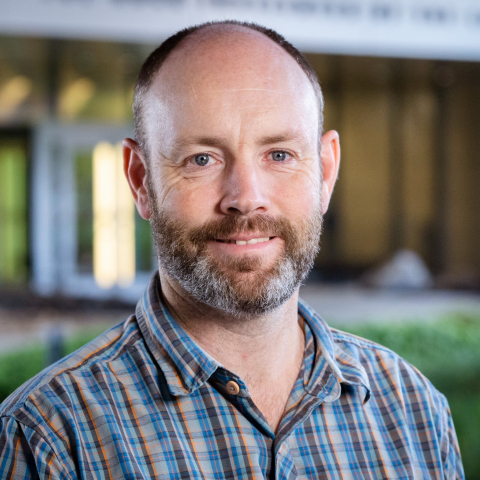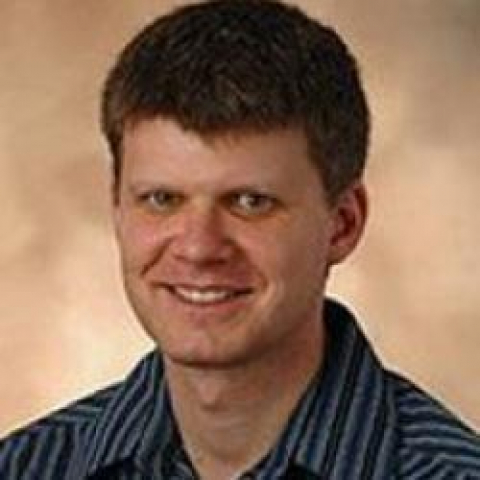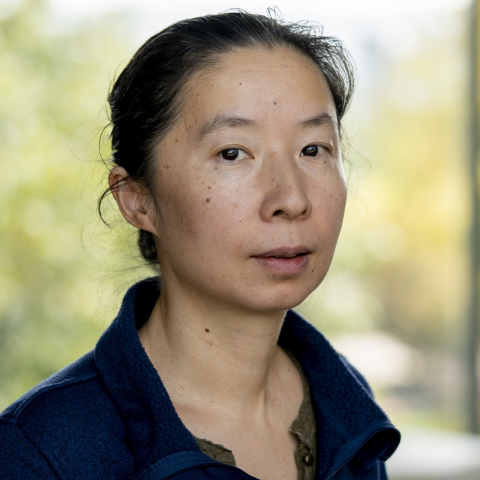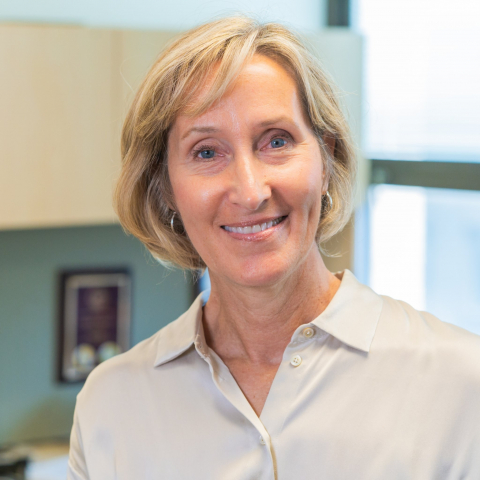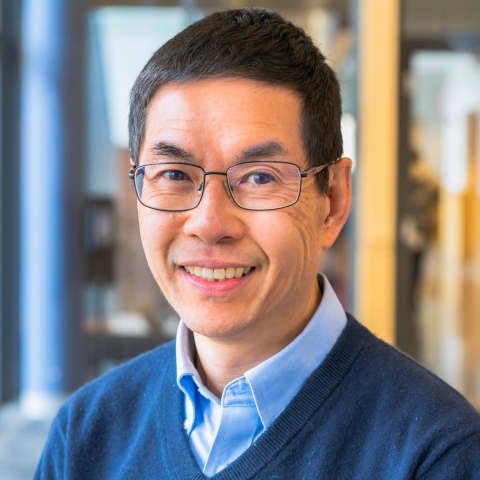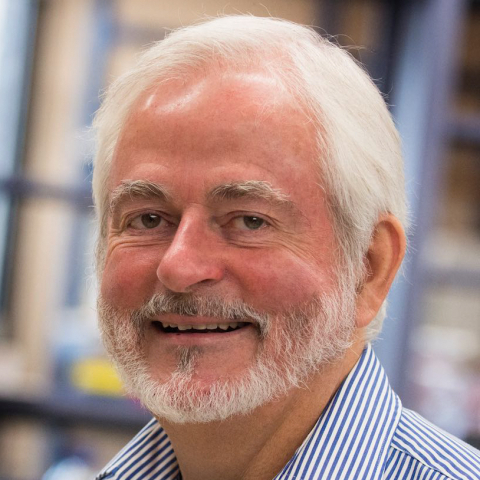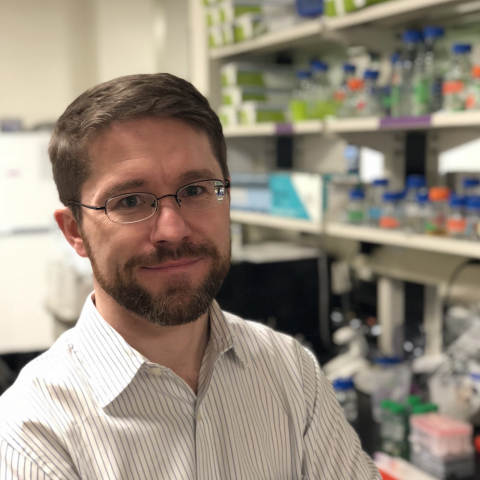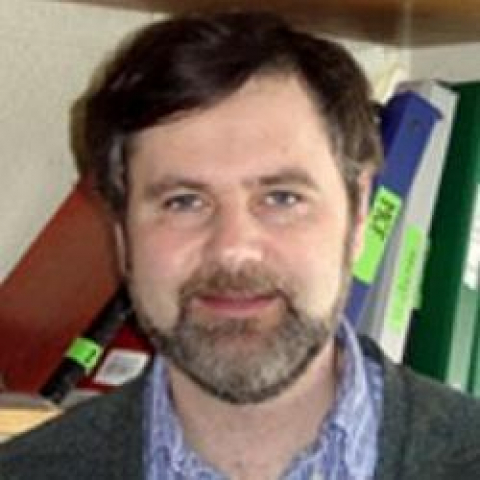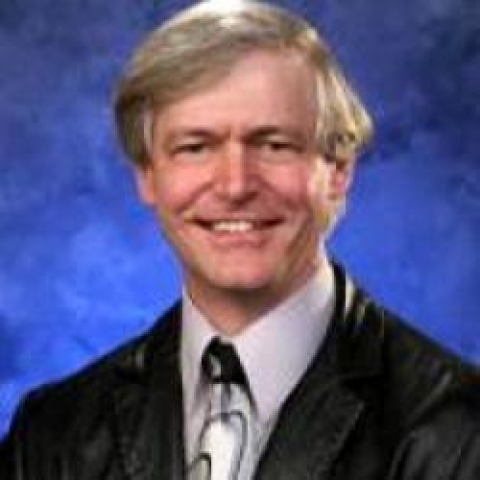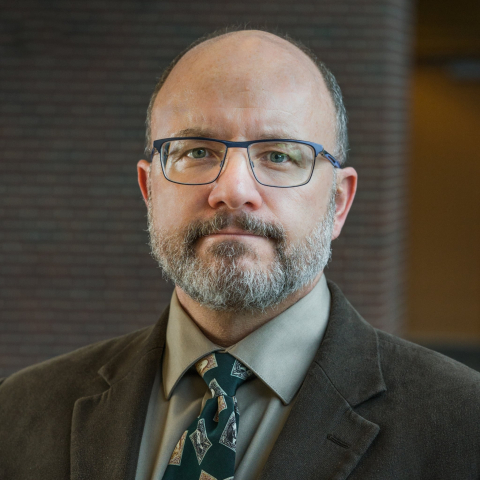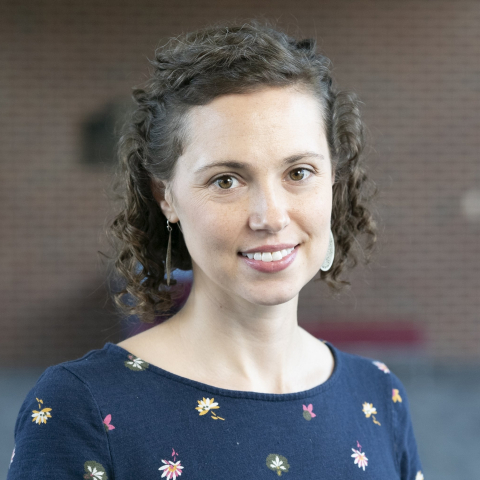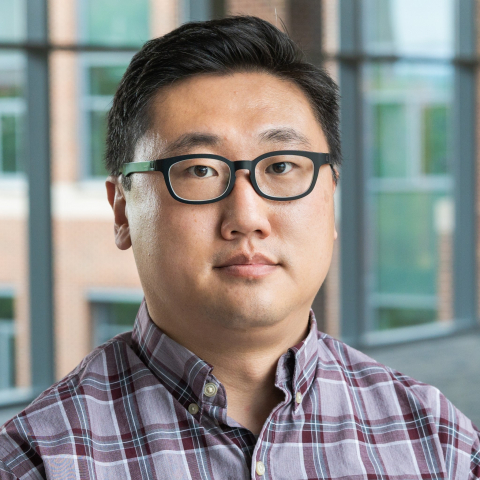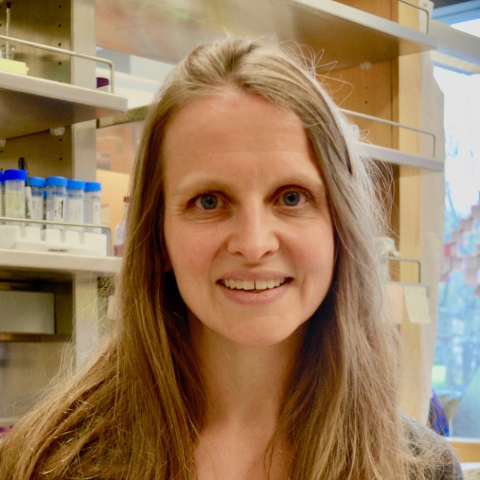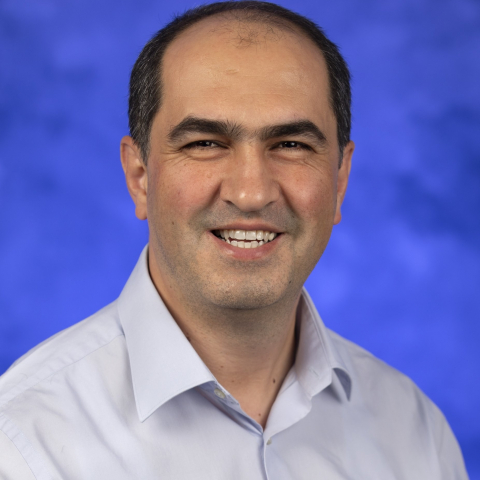32 People Results for the Tag: Epigenomics
Michael Axtell
Distinguished Professor of Biology
Discovery and characterization of plant microRNAs and siRNAs. Functions of microRNAs and siRNAs in the evolution of plant development. Genomics and bioinformatics of microRNAs, siRNAs, and their targets
Laura Carrel
Professor of Biochemistry and Molecular Biology
Genetic, epigenetic, and genomic regulation of expression on the mammalian X chromosome.
Molly Hall
Dr. Frances Keesler Graham Early Career Professor; Assistant Professor of Veterinary and Biomedical Sciences
Building tools to elucidate the complex genetic and environmental underpinnings of human disease. Integrating genetic (genotype, sequence, structural variation) and exposure (derived from surveys and metabolomics methods) big data to predict disease status.
Carsten Krebs
Professor of Chemistry, Professor of Biochemistry and Molecular Biology
Bioinorganic Chemistry - spectroscopic and kinetic studies on the mechanisms of iron-containing enzymes
Qunhua Li
Associate Chair, Intercollege Graduate Degree Program in Bioinformatics and Genomics; Associate Professor of Statistics
Developing statistical and computational methods for analyzing complex omics data and improving quality and reproducibility of high-throughout data
Sally Mackenzie
Director of the Plant Institute; Huck Chair of Functional Genomics; Professor of Biology and of Plant Science
Organelle biology and cellular specializations. Plant epigenetics, memory and phenotypic plasticity. Crop epigenetic breeding.
Song Tan
Director of the Center for Eukaryotic Gene Regulation; Professor of Biochemistry and Molecular Biology
Structural biology of eukaryotic gene regulation.
Pak Kin Wong
Professor of Biomedical Engineering, Mechanical Engineering, and Surgery
Ross Hardison
Associate Director of the Genome Sciences Institute; T. Ming Chu Professor of Biochemistry and Molecular Biology
Regulation of gene expression during development.
Shaun Mahony
Associate Professor of Biochemistry & Molecular Biology
We apply neural networks and other machine learning approaches to understand how transcription factors control cellular identity
J. Martin Bollinger
Professor of Chemistry; Professor of Biochemistry and Molecular Biology
Mechanisms of metalloenzymes and metallofactor assembly
Colin Barnstable
Professor and Chair of Neural Behavioral Sciences
How interacting networks of transcription factors and signal transduction molecules guide the development of precursor/stem cells into mature neurons. Role of these networks in neurodegenerative diseases. Factors that can act as neuroprotective agents.
Sinisa Dovat
Professor and Vice Chair for Basic Science Research, Department of Pediatrics; Professor of Biochemistry and Molecular Biology and of Pharmacology
Investigate the role of lymphoid master regulator, IKZF1/Ikaros, in the development of acute lymphoblastic leukemia (ALL); other transcriptional factors in leukemia; CK2 activity; chromatin remodeling; super-enhancers.
Thomas Gould
Jean Phillips Shibley Professor and Department Head of Biobehavioral Health
Using genetic, pharmacological, behavioral, and molecular biological techniques to study the neurobiology of learning and memory and the effects of addiction on it.
Thomas Neuberger
Director, High Field Magnetic Resonance Imaging Facility; Associate Research Professor
Emily Davenport
Assistant Professor of Biology
Understanding the complex relationship humans have with our microbiomes, using high-throughput sequencing technologies and novel computational and statistical techniques.
Tae Hyun Kim
Huck Early Career Chair; Assistant Professor of Avian Biology
Improving poultry health by applying modern genetic approaches including gene editing. Particular focus on identifying key genes and regulatory elements associated with improved economic traits.
Center for Infectious Disease Dynamics
Amie Boal
Professor of Chemistry and of Biochemistry and Molecular Biology
The structural differences between members of large metalloenzyme superfamilies that share common features but promote different reactions or use distinct cofactors.
Melanie McReynolds
Huck Early Career Chair in Biochemistry and Molecular Biology; Assistant Professor of Biochemistry and Molecular Biology
The biochemistry behind aging and its intersection with stress, with the long-term goal of identifying strategies that promote healthier aging.
Yasin Uzun
Assistant Professor of Pediatrics
Developing and
applying systems biology approaches to better understand gene regulation at the
molecular level in development and disease by using single-cell genomic
sequencing data.
